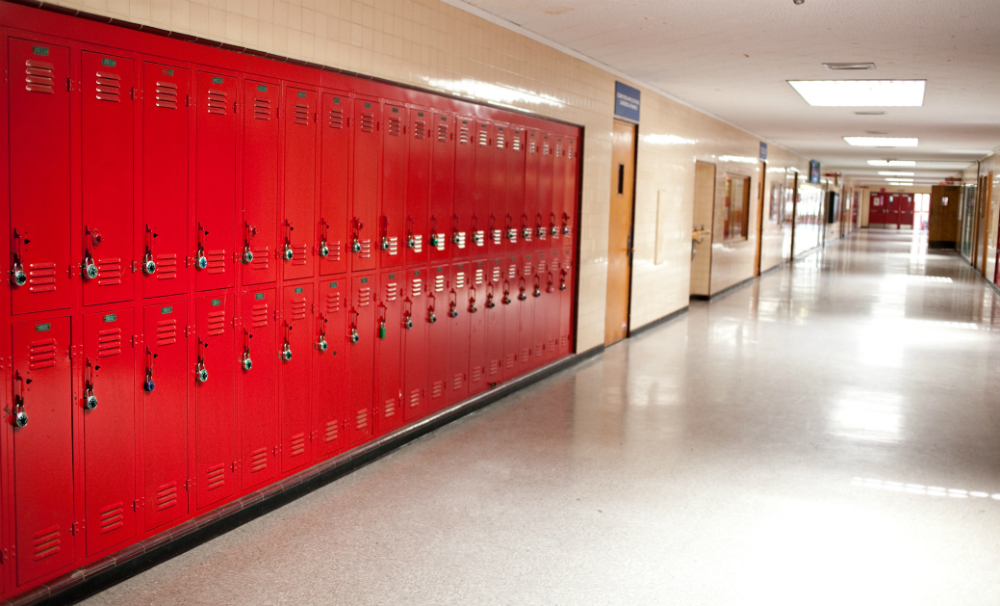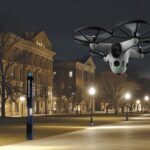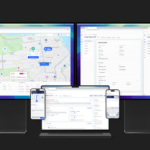After a workplace violence event, especially an active shooter event, we inevitably see a series of stories about new technologies or inventions designed to keep people safe. This is even more evident if the incident involves a school.
These devices run the gamut from very simple suggestions (my favorite of the last batch was telling people to carry a door stop in their bag) to the more complicated, like door blockading devices, to the extreme, which can lock doors, activate alarms and start cameras from a single button.
I would advocate to start simply, and perhaps staying simple is the best approach to security in a school violence situation.
One piece of information to come out of the Sandy Hook investigation is that no violent intruder has ever entered a locked classroom. This makes inherent sense given that violent intruder events usually end very quickly.
Unless an intruder has a specific target in mind and knows their location, it is highly unlikely that they will make more than a cursory effort to enter a room. This is borne out by the after action reviews of school active shooting events. Even doors which could not be locked, but were instead barricaded, have prevented casualties inside.
Given this fact, a simple door lock would appear to be not only the most cost effective device for preventing casualties during a violent intruder event, but also a100 percent effective solution when used in the past.
Notice, that I said a “simple door lock.” By this I mean literally a deadbolt type lock with a knob that turns to lock. If this is integrated into the door in such a way that the normal door operation also unlocks the deadbolt, the solution is effective without violating life safety codes and can be implemented by anyone in the classroom.
These two statements are very important. Most of the door barricade devices available violate life safety code in that they require someone to remove the device before they can open the door.
The code requires that doors open with a single motion and require no tools. Many people argue that violating the life safety code is a minor concern, especially considering the number of students killed by violent intruders versus the number killed by fires. However, students aren’t killed by fires in large part because of the life safety code. This approach literally increases one risk while not substantially reducing the risk of a violent intruder.
Several studies have noted that there are substantial delays in locking down a classroom (on the order of 30 seconds to a minute and a half) when a keyed deadbolt lock is used. These delays are attributed to the fact that the teacher has to be the one to lock the door. They have to recognize the emergency, find the key and then lock the door all while under considerable stress.
The familiar, simple act of putting a key in a lock and turning it becomes quite complex. This situation would only be amplified when applied to an unfamiliar device undoubtedly stored in an unobtrusive space that probably only the teacher knows how to use and has practiced with once.
Simple locks are not the total answer for security, of course. In fact, they are almost the last line of defense.
There are other problems. Many school doors have glass in or near the door which would allow an intruder to reach in and turn a simple turn-bolt. In these cases, a keyed deadbolt may be the best interim solution until the glass is replaced. There are also crash-bar doors, for which these simple locks won’t work. However, there are similar solutions for those doors.
After a shooting incident at UCLA in 2016, we retrofit all of our classroom doors with locks that lock with the simple push of a button. There were challenges, some of which I described above, but we currently have a system that allows anyone in the classroom to lock the door in an emergency as quickly as they can reach it. At the same time, the door can be readily opened by first responders when they arrive.
Security is good. Technology is good. New ideas are good. However, sometimes the best solutions are simple, old, and have been right in front of our faces all along.
Art Kirkland is the Director, Office of Emergency Management at UCLA in Los Angeles, Ca. He previously served in the same position at Tulane University in New Orleans. He has worked for numerous institutions as both a faculty and staff member including the US Military Academy and the US Army’s Command and General Staff College.













